Past comes alive
Historic Emancipation Park overhaul is just part of the plan to reenergize the Third Ward
The wheels of redevelopment are in motion at Emancipation Park, the historic 10-acre square purchased by former slaves in 1870 as a dedicated site for annual Juneteenth celebrations.
Almost a century and a half later, the Third Ward park — the city's longest-standing public space — is set to get a major $33.6 million overhaul that will create a LEED-certified recreation facility to provide classrooms, a health center and a regulation-sized basketball gym. Sculpture, small pavilions and a new baseball field will be added as well.
"This was a thriving community and business district during segregation, when African-Americans weren't exactly welcomed downtown ," says Petteway.
Also part of the project is the full restoration of Emancipation's vintage pool house and community center, the latter of which was a 1939 WPA project designed by one-time Rice University architecture dean William Ward Watkin.
Scheduled to begin in October, the makeover is headed by celebrated architect Philip Freelon, most widely known as one of the designers for the Smithsonian's forthcoming National Museum of African American History and Culture. Houston firm M2L Associates will lead landscape design efforts.
While city officials liken the project to Discovery Green's successful downtown revitalization, Theola Petteway, executive director of the OST/Almeda Corridors Redevelopment Authority, tells CultureMap that the new-and-improved Emancipation Park has as much to do with history as it does urban renewal.
"This was a thriving community and business district during segregation, when African-Americans weren't exactly welcomed downtown," she says.
"All along Dowling Street stretching south from Emancipation Park, there were small businesses, restaurants, music venues and recording studios. While the area has deteriorated, we're working to bring back all of that energy to the Third Ward."
Petteway, whose organization is currently raising funds for the project, feels that the restoration of the park will help the neighborhood to stay in touch with its past while attracting private businesses to the area.
"The African-American community has used this same little 10-acre patch continuously since 1870. By revitalizing it, we have a chance to honor that unique history and celebrate the idea of freedom it symbolizes — and I think all people can connect with that."
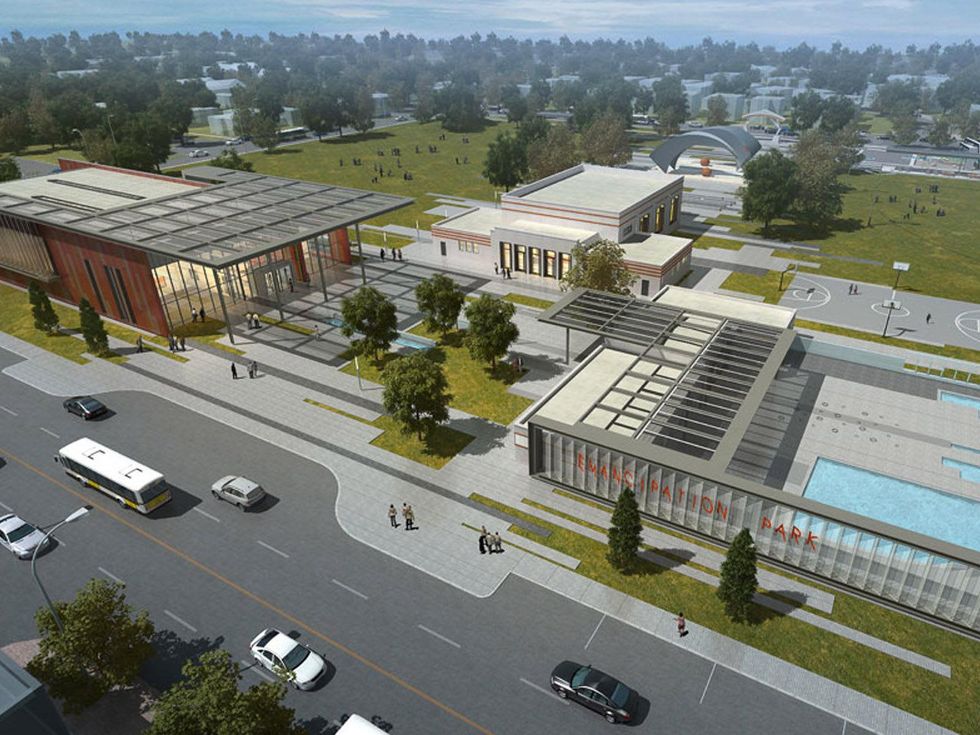
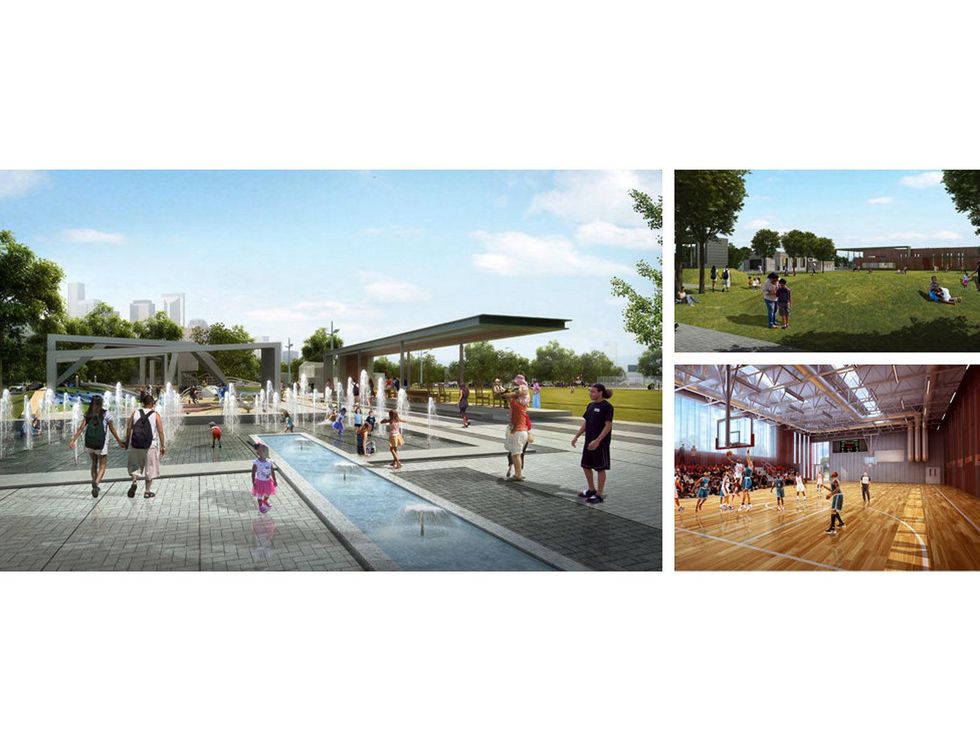
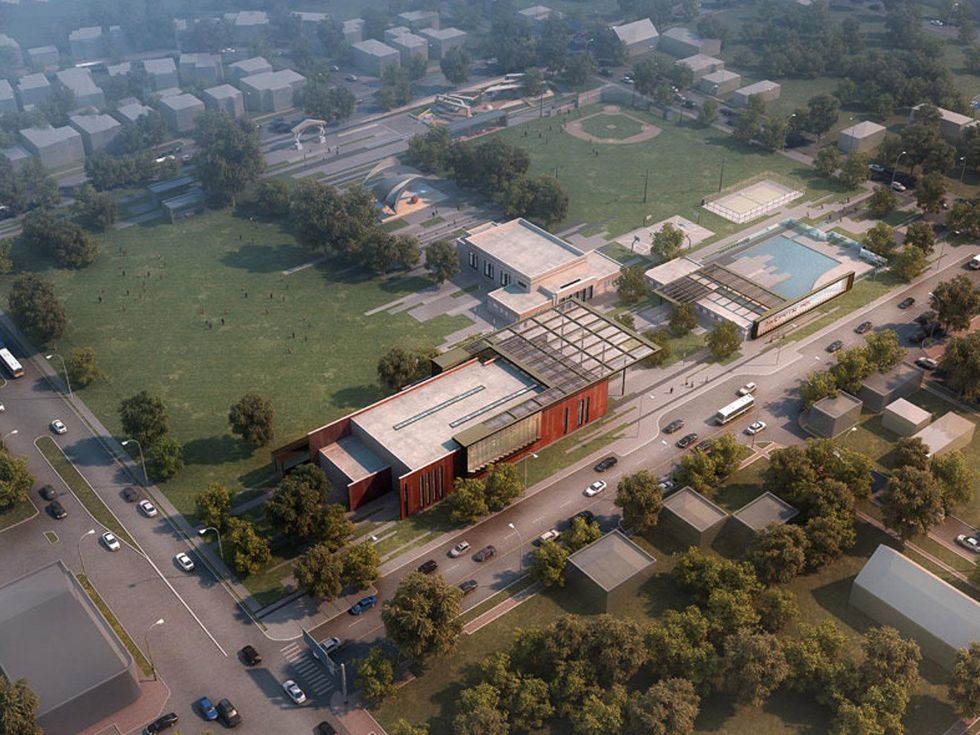

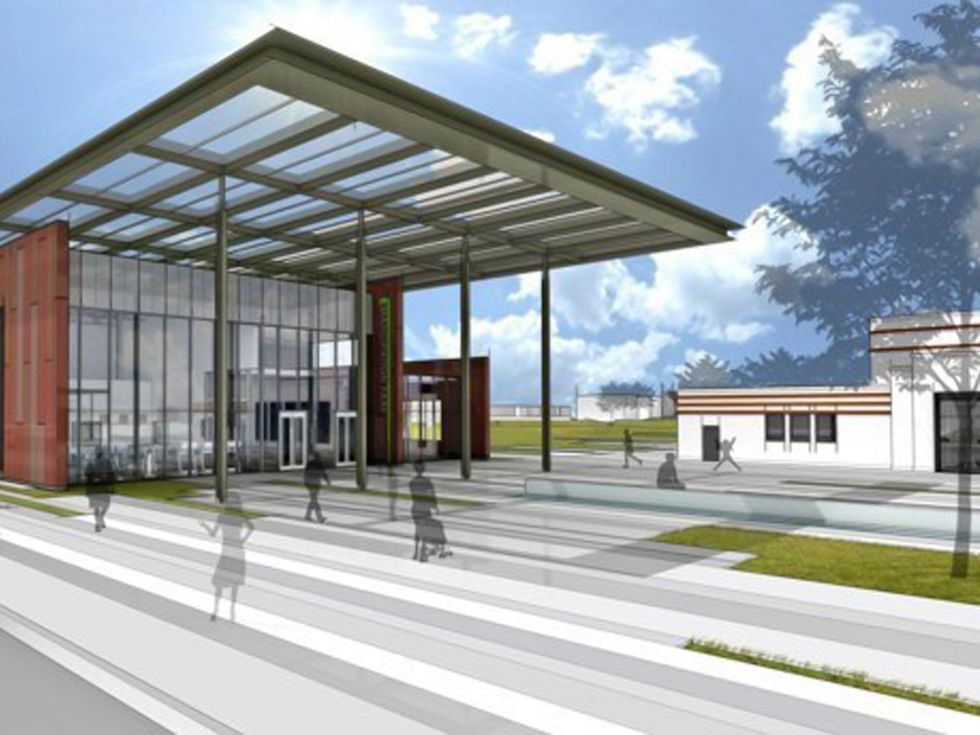
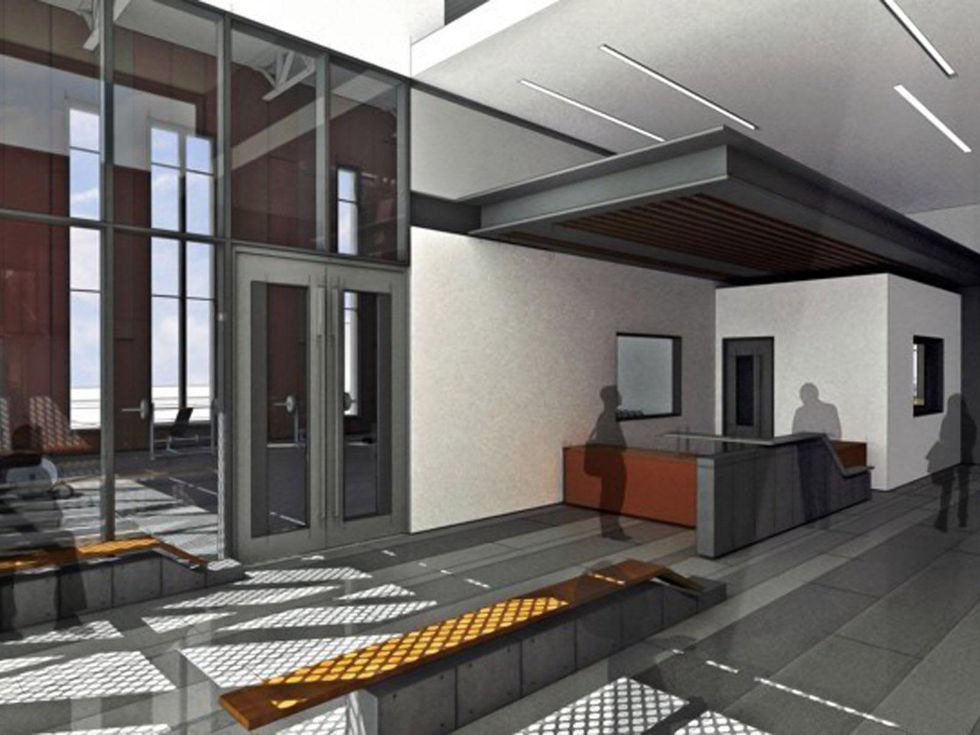
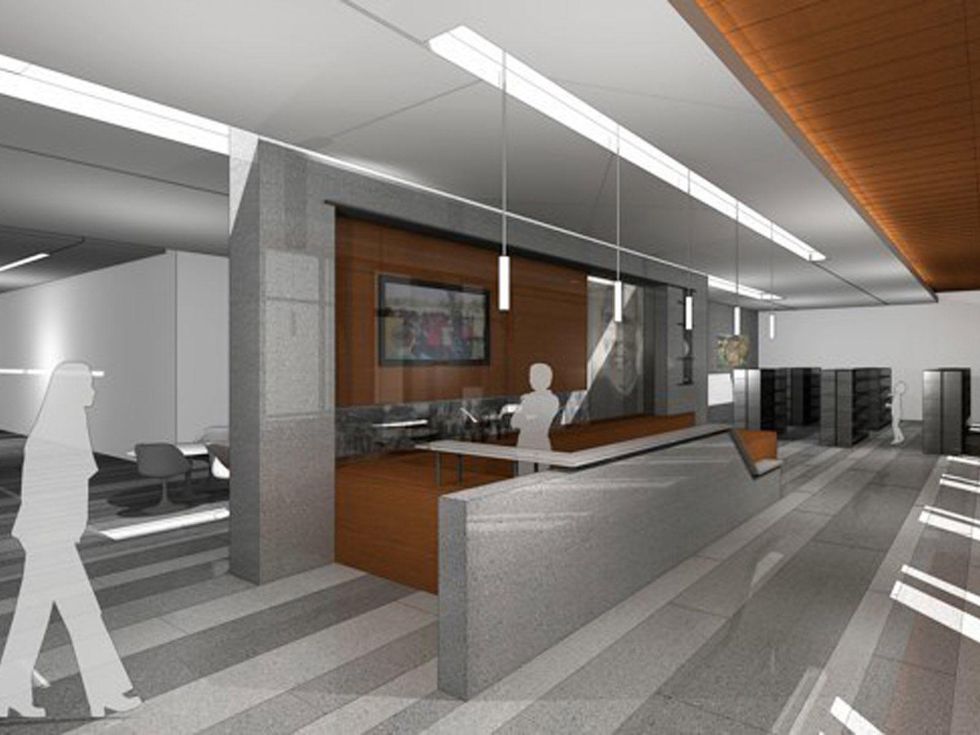
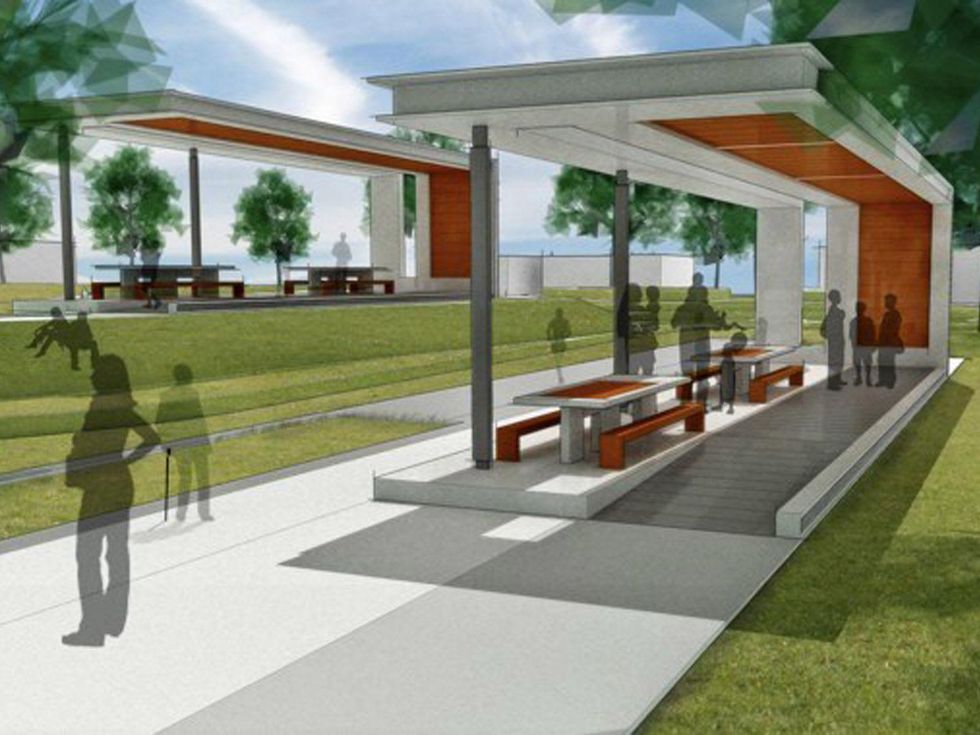

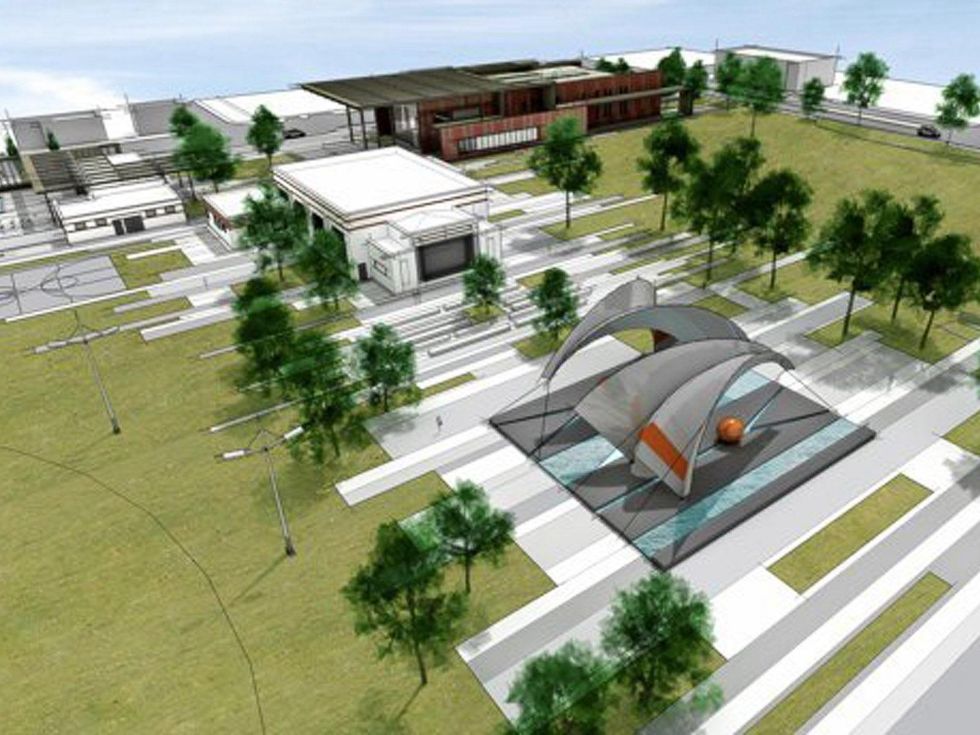

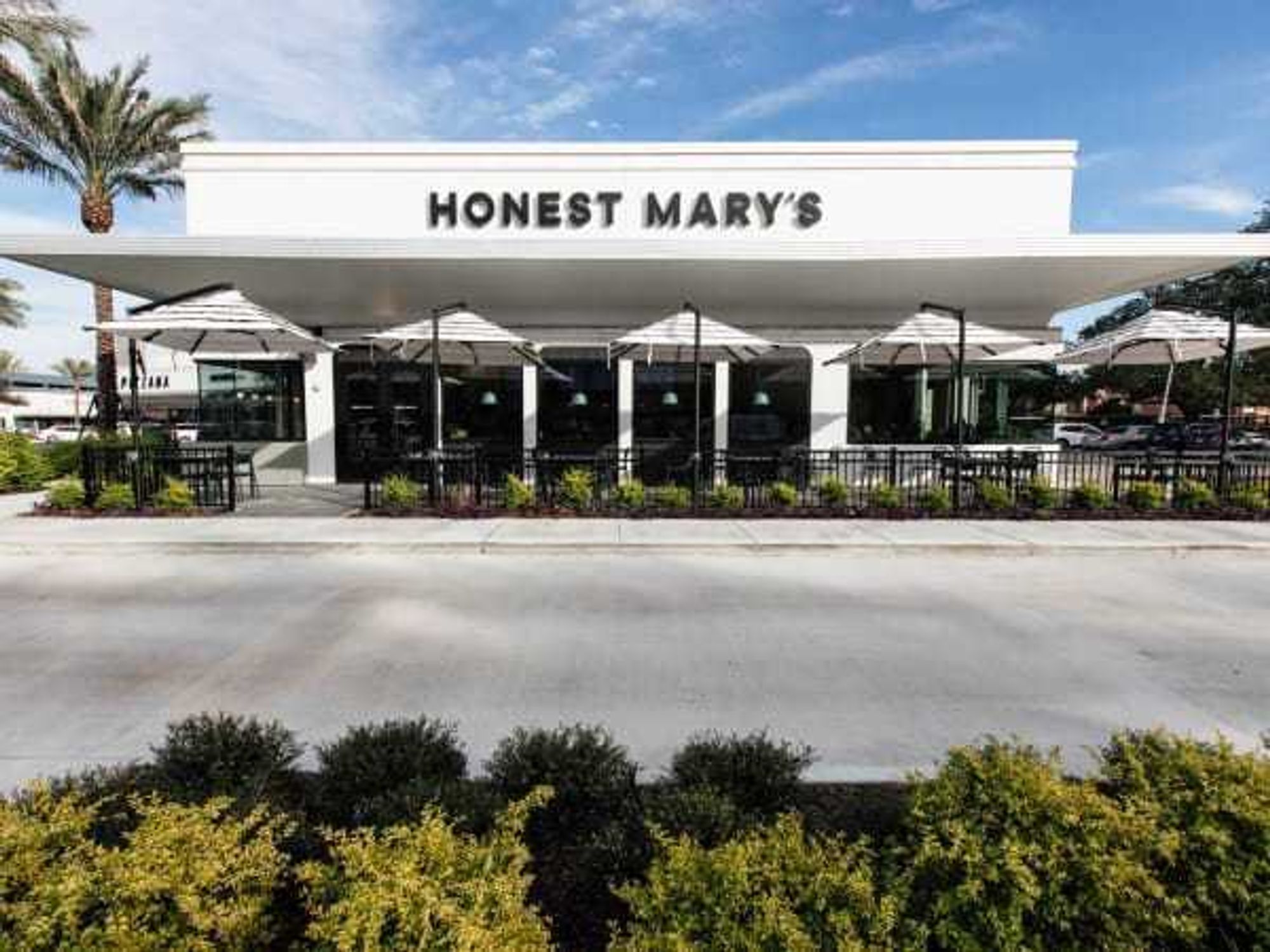
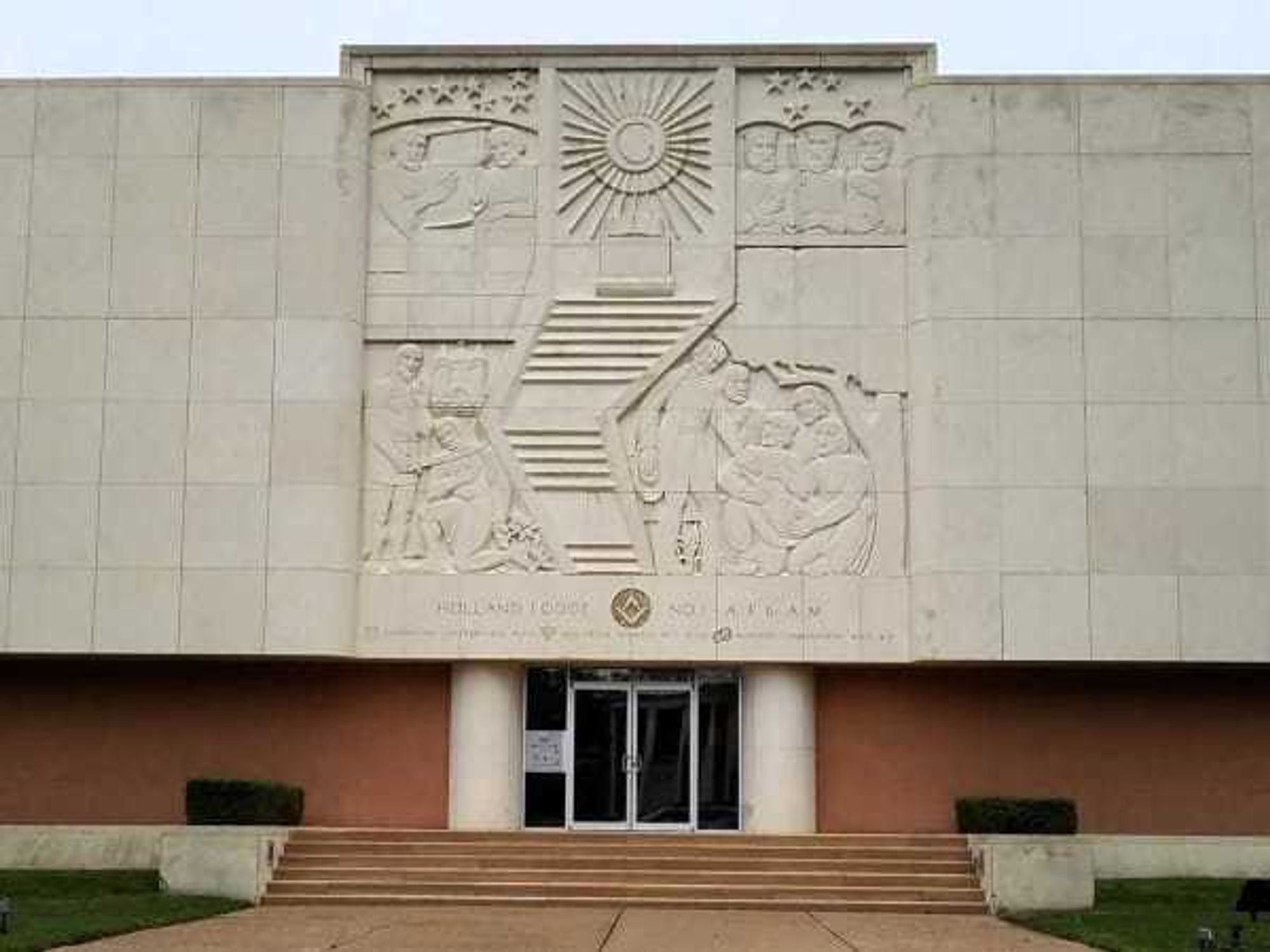 The building at 4911 will be torn down for the new greenspace. Holland Lodge No. 1, A.F. & A.M./Facebook
The building at 4911 will be torn down for the new greenspace. Holland Lodge No. 1, A.F. & A.M./Facebook